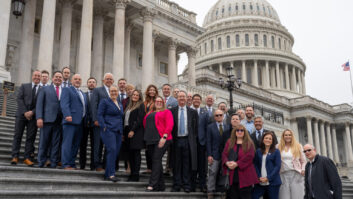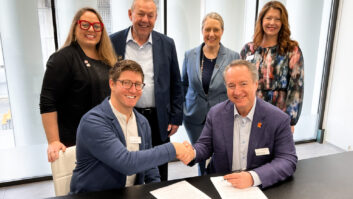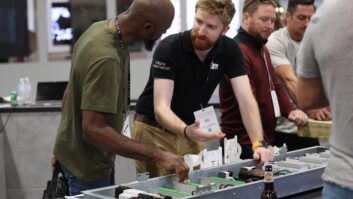CEDIA’s decision to become a self-managed association after almost 15 years with the Raybourn Group “made the best business sense and was the best move strategically,” CEDIA president Utz Baldwin told TWICE.
“The Raybourn Group played a huge role in the growth of the association,” Baldwin said. “We definitely got our money’s worth with Raybourn.” A for-profit company that manages about 20 trade associations, Raybourn managed the non-profit CEDIA group since 1993, when CEDIA was still in its infancy.
“At some point, it comes time to leave the nest” and “take the association to the next level,” Baldwin said. “We become that much more agile and very focused on strategic objectives.” He pointed out that allied associations such as the National Association of Home Builders and the American Institute of Architects are self-managed.
Self-management freed up resources to create a CEO position that is “outward-focused” and will focus exclusively on building relationships with allied industries and companies within the industry, Baldwin said. The CEO will foster relationships with other associations and industries, speak on behalf of the organization and industry, and guide external communications, CEDIA added in a prepared statement.
The new position will enable current executive director Don Gilpin to focus on operations and trade-show logistics, Baldwin explained. All department heads report to Gilpin, who in turn reports to the board. The new CEO will also report directly to the board.
Self-management also “focuses the attention of the CEDIA staff,” Baldwin continued. “The staff knows who they’re working for.” CEDIA also gains “more control over staffing and the human resources side, and it gives Don more control over the ability to manage the staff,” Baldwin noted.
All Raybourn Group employees who worked on the CEDIA account, including Gilpin and 31 others, will remain with CEDIA. Under Raybourn, the 32 had worked full time for CEDIA.
The improved focus of CEDIA’s executives and staff will in turn enable the CEDIA board to focus on strategic concerns, Baldwin said. “The more time the board can spend working on issues, planning future initiatives, and allowing the staff to execute on those directives, the more effective we’ll be.”
Although self-management reduces expenses, expense-reduction “was not the primary driver” of the decision not to renew Raybourn’s contract, Baldwin said.
CEDIA plans to fill the CEO position with a member of the electronic systems industry and has formed an executive search committee to identify candidates for this role throughout the next few months. Resumes and cover letters should be submitted to [email protected].













